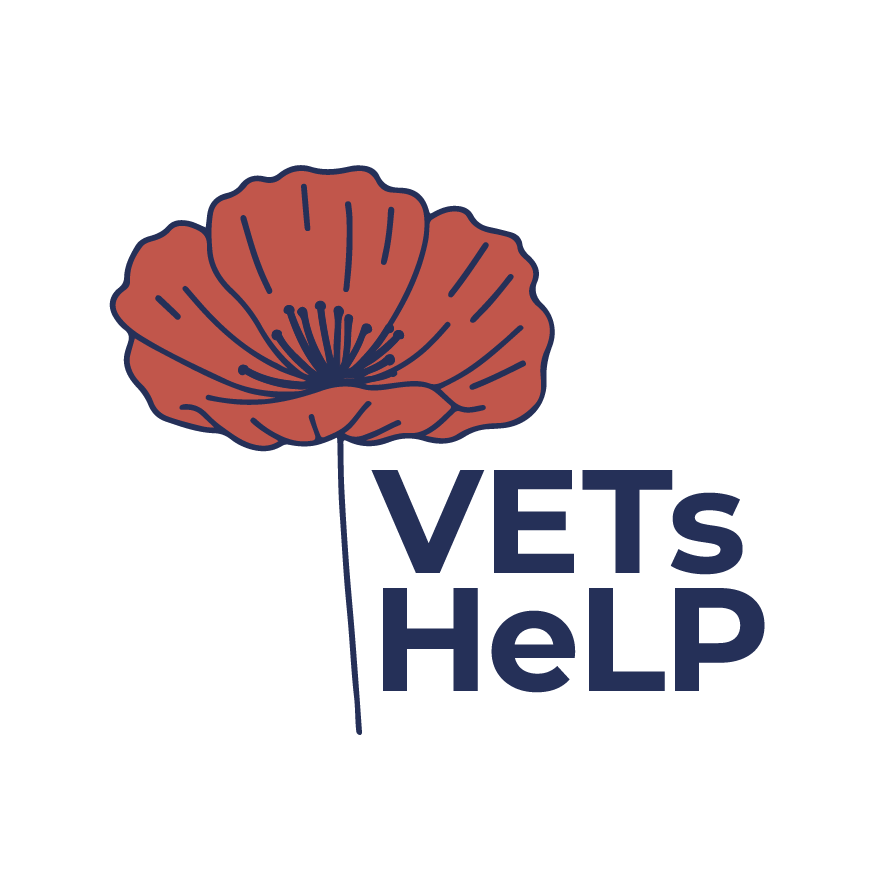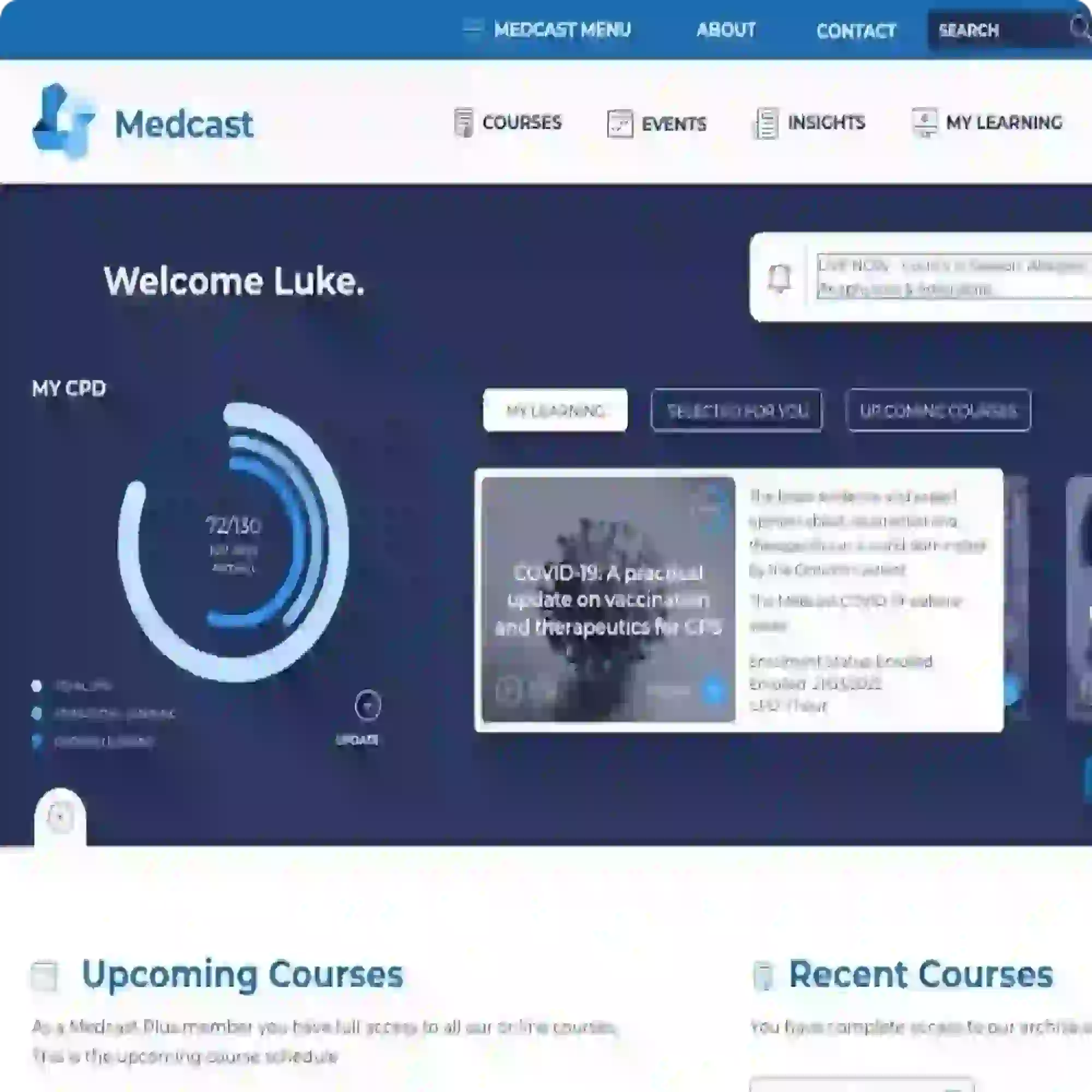Understanding chronic pain in veterans: a guide for primary care providers
Understanding the difference between acute and chronic pain
Pain affects nearly all Australian veterans, with nearly 90% reporting pain upon leaving military service.1 The physical and mental demands of military service contribute to high rates of chronic pain, making it more prevalent in veterans than in the general population.
Unlike acute pain, which resolves as injuries heal, chronic pain persists for months or years and often lacks an obvious cause. Mental health conditions such as post-traumatic stress disorder (PTSD), depression, and anxiety can amplify its effects, making daily life more challenging.2,3
Health professionals play a critical role in managing chronic pain conditions. By identifying risk factors early and providing education and resources regarding chronic pain as well as targeted interventions, clinicians can help veterans regain function, improve quality of life, and prevent long-term disability.
Managing chronic pain in veterans
Chronic pain management requires a long-term, multidisciplinary approach. Primary care providers play a central role in coordinating care and guiding veterans through treatment options. The focus shifts from pain relief to improving function and quality of life.
1. Non-medical interventions:
-
educate and engage veterans on chronic pain mechanisms and self-management strategies
-
implement tailored exercise programs with physiotherapists or exercise physiologists focusing on strengthening, flexibility, and restoring function
-
use psychological strategies such as cognitive behavioural therapy (CBT) and mindfulness-based stress reduction to help veterans develop coping mechanisms and manage pain-related distress
-
optimise sleep, nutrition, and stress management to improve overall well-being
-
encourage pain distraction techniques such as guided relaxation and isometric activities which can be accessed through Open Arms to shift focus from pain
-
provide patient resources through Open Arms, MyBackPain, and educational tools like Tame the Beast
2. Allied health support
Chronic pain management benefits from a team-based approach, including:
-
physiotherapists to optimise movement and reduce pain intensity
-
occupational therapists to assist with home and workplace modifications
-
psychologists and social workers to address mental health concerns linked to pain
-
dietitians to advise on anti-inflammatory nutrition to help manage pain levels
-
exercise physiologists to build resilience and mobility through structured physical activity plans
3. Medical interventions (non-opioid focused)
While medication plays a role, chronic pain management aims to minimise opioid use, as long-term effectiveness is limited.4,5 Alternative strategies include:
-
non-opioid analgesics such as NSAIDs, paracetamol, and topical treatments
-
neuropathic pain medications (e.g., gabapentin, duloxetine) for nerve-related pain
-
targeted injections (e.g., corticosteroid or nerve-blocking injections) for specific pain sources
-
neuromodulation techniques in select cases (e.g., spinal cord stimulation)
Rethinking opioids in chronic pain management
Why reduce opioid use?
Opioids are no longer recommended for the long-term treatment of persistent non-cancer pain due to their diminishing effectiveness and potential for harm.6 Many veterans find that over time, opioids offer less pain relief while increasing fatigue, cognitive impairment, and dependence.7
The benefits of tapering off opioids:7
- improved alertness and mental clarity
- greater engagement in daily activities
- fewer medication-related side effects
- better long-term pain management and quality of life
A supportive approach to reduction
Veterans who have been on opioids for extended periods may feel anxious about dose reduction. A gradual taper (5–25% every 1–4 weeks), with proper medical support, can ease the transition and improve outcomes.2,8 Non-drug strategies such as physiotherapy, exercise therapy, psychological support, and lifestyle changes should continue throughout the process.
The intersection of chronic pain and mental health
Chronic pain and mental health are closely linked. Veterans with chronic pain have higher rates of PTSD, depression, and anxiety. These conditions amplify pain perception and contribute to disability.
Chronic pain increases suicide risk, particularly when combined with mental health disorders. Integrated care is essential. Veterans who engage in rehabilitation, social connections, meaningful work, and structured pain programs achieve better long-term outcomes.
The VETERANS lens approach considers mental health as part of pain management, incorporating:
-
mental health screenings (e.g., PTSD-C, K10, DASS21)
-
counselling, peer support, and crisis services via Open Arms
-
holistic pain and mental health treatment plans
Veteran-specific support and resources
The Department of Veterans’ Affairs (DVA) and Open Arms provide services to help veterans manage chronic pain:
-
veteran health checks to screen for chronic conditions and mental health concerns
-
Coordinated Veterans’ Care (CVC) program for structured support in complex cases
-
non-liability mental healthcare (NLMHC) offering mental health treatment for eligible veterans
-
multidisciplinary pain programs with holistic, team-based care plans for eligible veterans
-
access to allied health treatment through the treatment cycle for eligible veterans
-
Open Arms group program “managing pain” or “sleeping better”
GPs should proactively refer veterans to these programs to ensure timely, effective care.
Conclusion
Veterans need coordinated care, early intervention, and long-term support for effective pain management. While acute pain requires targeted treatment and rehabilitation, chronic pain demands a broader, sustained approach that includes non-medical strategies, allied health, and mental health integration.
By viewing pain as manageable rather than curable, veterans can focus on restoring function and well-being. Health professionals, especially GPs and allied health providers, play a crucial role in guiding veterans toward the right care pathways, including pain management programs and specialist support.
Early intervention, a multidisciplinary approach, and proactive mental health care can transform pain management for veterans, improving their quality of life.
 For more free Veterans Health education, check out VETs HeLP Hub on Medcast.
For more free Veterans Health education, check out VETs HeLP Hub on Medcast.
-
Department of Veterans’ Affairs. (2021). Physical health status summary report. Australian Government. Retrieved from https://www.dva.gov.au/sites/default/files/physical_health_status_summary_report_0.pdf
-
Kroenke K, Outcalt S, Krebs E, Bair M, Wu J, Chumbler N et al. Association between anxiety, health-related quality of life and functional impairment in primary care patients with chronic pain. Gen Hosp Psychiatry. 2013; 35(4): 359-365.
-
The Australian Pain Society. Position statement. The role of the psychologist in the management of pain. 3rd edn. Available at: www.apsoc.org.au/position-papers [Accessed March 2025].
-
Best Practice Advocacy Centre New Zealand (bpacnz). Understanding the role of opioids in chronic non-maligant pain. October 2018. Available at: www.bpac.org.nz/2018/opioids-chronic.aspx [Accessed March 2025].
-
Faculty of Pain Medicine. Statement regarding the use of opioid analgesics in patients with chronic non-cancer pain. 2020. Available at: www.anzca.edu.au/getattachment/7d7d2619-6736-4d8e-876e-6f9b2b45c435/PS01(PM)-Statement-regarding-the-use-of-opioid-analgesics-in-patients-with-chronic-non-cancer-pain [Accessed March 2025].
-
Therapeutic Guidelines. (eTG June 2021 edition). Therapeutic Guidelines Ltd. Victoria, Australia. 2021. Available at: www.tg.org.au [Accessed March 2025].
-
24. Tardif H, Hayes C, Allingham S. Opioid cessation is associated with reduced pain and improved function in people attending specialist chronic pain services. Med J Aust. 2021; 214(9): 430-432.
-
Rethinking chronic pain. The Lancet. 2021; 397(10289): 2023.

Catherine is a GP in Geelong, Victoria. She has been involved in a wide variety of Medical Education opportunities, these include GP training, lecturing in Medicine at Deakin University, and providing clinical consultancy for the Deakin Indigenous Health team. Over recent years Catherine has moved into planning and facilitating the professional development of Medical Educators and GP Supervisors as well as learning (like everyone else) to do all of this online. Catherine strives to ensure her education events are engaging and innovative, with a dose of appropriate fun.
Achilles tendinopathy is a common cause of posterior heel pain and functional impairment. GPs are well-placed to coordinate care for these patients. This FastTrack fact sheet provides a concise summary of diagnosis and non-surgical management, including when to refer. Earn 30mins each RP and EA CPD with the quiz.
Over 3% of GP consultations in Australia involve skin lesions, yet many practices are billing these procedures incorrectly, putting themselves at risk of noncompliance or missing out on legitimate remuneration. This Business skills FastTrack explains the MBS item numbers pertaining to skin lesions for GPs, including eligibility criteria and practical tips.
Sarcoidosis is a chronic non-caseating granulomatous condition affecting multiple organ systems. This fact sheet contains what GPs need to know about risk factors, investigations, pharmacological and non-pharmacological management in primary practice, and when to refer. 30mins each of RP and EA CPD available with the quiz.

